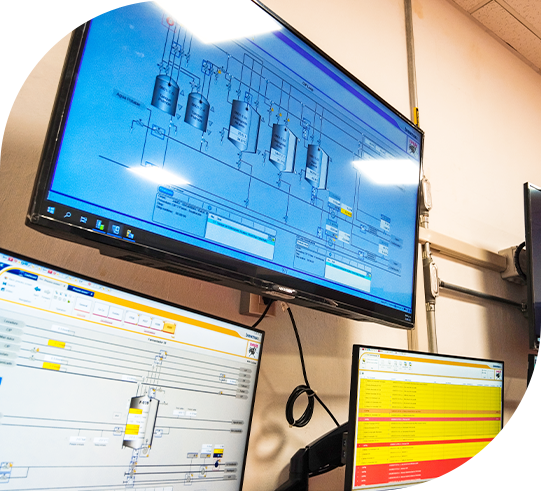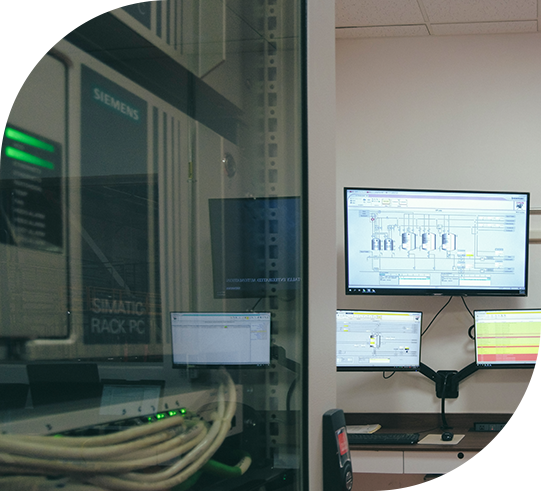
If additional software packages are required, they most likely have their own separate databases that will need to be configured.
Another possible weak point is that not all PLCs have the necessary features for demanding continuous process control applications. In some cases, they lack the ability to modify the system online or do not include high-availability features such as redundancy for the I/O modules of the monitoring systems.
Process optimization and asset management are another area where traditional PLCs may have limitations compared to a distributed control system.
Distributed control systems are used in the brewing and distillation industry due to their wide diversity and extensive range of functions in control and automation, including handling controlled substances. This system is implemented to achieve a high level of control, reliability, and precision in every process.
